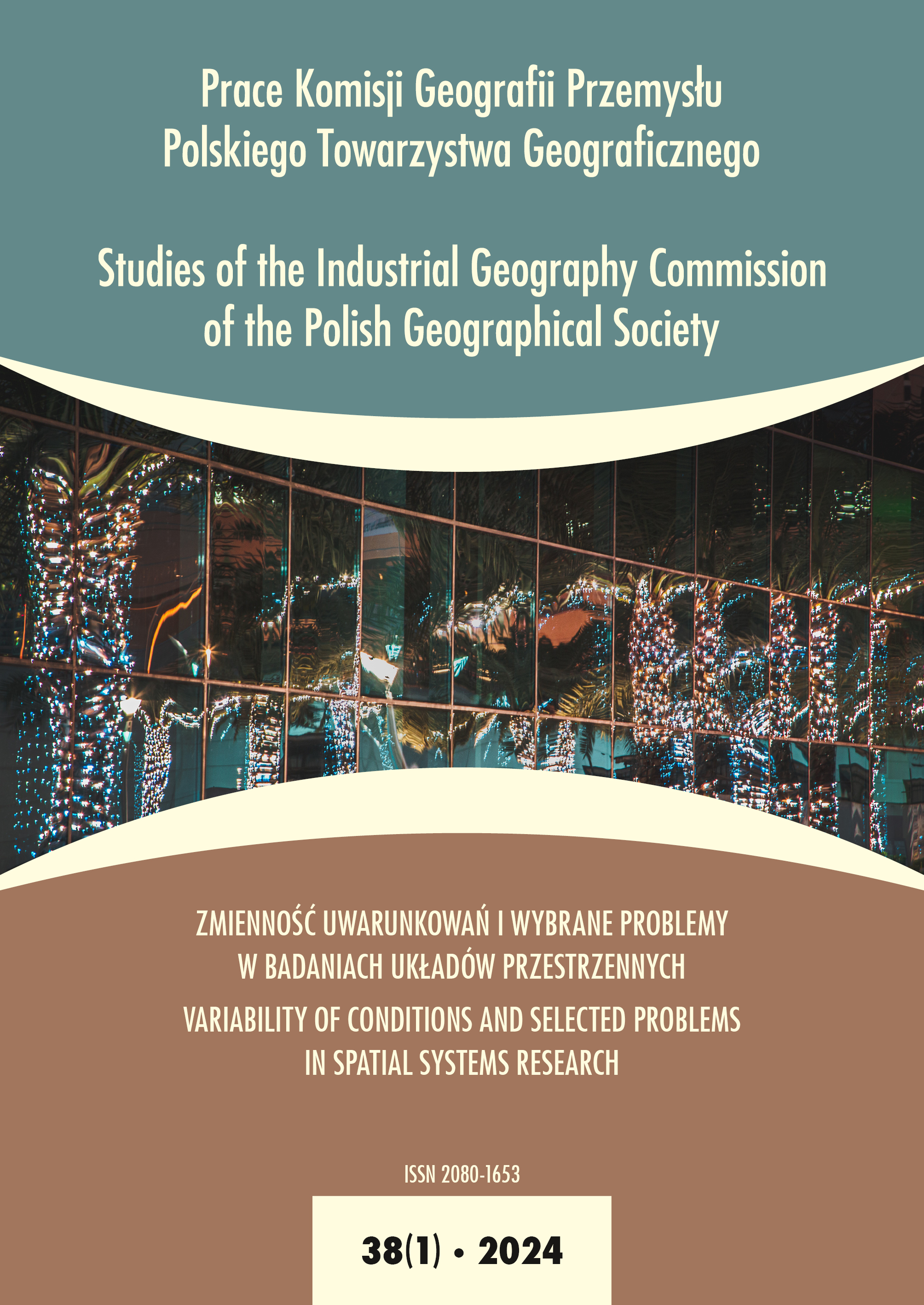Gender features of human capital development in the Republic of Kazakhstan
DOI:
https://doi.org/10.24917/20801653.381.4Keywords:
gender equality, human capital, human capital index taking into account gender factor, labour market, regionAbstract
The basis of this study was the analysis of the human capital reproductive processes in the Republic of Kazakhstan, considering the gender component. The object was the human capital of Kazakhstan’s regions, and the subject was the gender aspect of human capital development. Mincer’s supplemented human capital assessment model was the primary model for calculating human capital. Factors influencing the effective use of human capital in the regions, considering the gender component, were identified, and their indices were calculated. The analysis showed a persistent gender gap in life expectancy, education level, income, and labour market. Based on the results, leader and outsider regions in terms of the accumulated human capital level were identified. The analysis indicates the responsible attitude of the government of the Republic of Kazakhstan towards developing gender equality. Over the past ten years, Kazakhstan has advanced significantly in its efforts to empower women in the socio-political sphere. The Republic of Kazakhstan has assumed obligations under several international agreements, adopted many laws, and developed government measures critical for increasing women’s participation in government activities.
Downloads
Metrics
References
Asian Development Bank. (2012). Gender statistics in the countries of the Caucasus, Central and Western Asia: Situational analysis. Manila: Asian Development Bank.
Denisenko, M.B., Sagradov A.A. (2000). The comparative value of different forms of human capital in Russia. In: A.A. Sagradov (ed.), Human capital in Russia in 1990‑s: Collection of articles. Moscow: MAKS Press, 32–52 (in Russian.)
Dublin L. Health and Wealth: a Survey of Economics of World Health. (1928). New York, London, 1.
Engel, E. (1881). Des Rechnungsbuch der Hausfrau und seine Bedeutung im Wirtschaftsleben der Nation (Book accounts Housewives and its importance in the economic life of the nation). Berlin: Simion (in Russian).
Goldin, C., Kerr, S.P., Olivetti, C. (2021). The Other Side of the Mountain: Women’s Employment and Earnings over the Family Cycle. In: IFS Deaton Review of Inequalities. London: Institute for Fiscal Studies (IFS).
Johnson, N.L., Kotz, S. (ed). (2011). Leading Personalities in Statistical Sciences: From the Seventeenth Century to the Present. New York: John Wiley & Sons.
Jong-Suk, H., Jong-Wha, L. (2020). Demographic change, human capital, and economic growth in Korea. Japan and the World Economy, 53, March, 100984.
Kosolapov, M.S., Tolstova, Y.N. (2015). Measurement in Sociology. In: G.V. Osipov, L.N Moskvichev (eds.), Sociological Dictionary. Moscow: Academic Educational and Scientific Center of the Russian Academy of Sciences, Lomonosov Moscow State University, Norma, INFRA M., 142– 143 (in Russian).
Kravchenko, L.A. (2008). Gender specificity of value orientations and motivational in employment settings (regional aspect). Social – Humanities, 8 (in Russian).
Marx, K., Engels, F., Lenin, V.I. (1971). On the women’s issue. Moscow: Politizdat (in Russian).
Mincer, J., Polachek, S. (1974). Family investments in human capital: Earnings of women. Journal of Political Economy, 82, 76–108.
Naydenko, I.S., Edalova, E.S., Gorokhovskaya, E.A., Grinenko, R.A., Zadorozhnaya, E.K., Grinenko, S.V. (2016). Assessment and forecasting of the impact of the gender structure of human capital on socio‑economic regional development. SFedU Publishing House.
Nyussupova, G., Aidarkhanova, G., Kenespayeva, L., Kelinbayeva, R. (2023). Gender features of the Kazakhstan labour market in the context of sustainable development. Hungarian Geographical Bulletin, 72(1), 59–74. https://doi.org/10.15201/hungeobull.72.1.4
OECD. (2007). Insights human capital: How what you know shapes your life. Recieved from: chrome-extension://efaidnbmnnnibpcajpcglclefindmkaj/https://www.oecd-ilibrary.org/human-capital-summary-polish_5l4qpl7hjfs5.pdf?itemId=%2Fcontent%2Fcomponent%2F9789264029095-sum-pl&mimeType=pdf (access: 15.01.2024).
Petty, W. (1899). The Economic Writings of Sir William Petty, together with The Observations upon Bills of Mortality, more probably by Captain John Graunt, ed. Charles Henry Hull, 2 vol. Cambridge: Cambridge University Press.
Polachek, S. (2004). How the Human Capital Model Explains Why the Gender Wage Gap Narrowed. Discussion Paper no. 1102, State University of New York at Binghamton and IZA Bonn.
Price, N.L., Hawkins, K.A. (2007). A Conceptual Framework for the Social Analysis of Reproductive Health. Journal of Health, Population and Nutrition, 25(1), 24–36.
Seythozhina, D.A. (2008). Human capital in the formation of gender equality in the social sphere of the Republic of Kazakhstan. Karaganda (in Russian).
Sydykov, E.B. (2014). Human capital and intellectual migration of the Republic of Kazakhstan in the context of the formation of the Common Economic Space of Kazakhstan, Russia and Belarus. Research project report. L.N. Gumilev Eurasian National University. Astana.
«Taldau» information-analytical system of the Bureau of National Statistics. (2024). Recieved from: https://taldau.stat.gov.kz/ (access: 15.01.2024).
UN. (2015). Secretary-General’s Message for 2015. Recieved from: http://www.unwomen.org/en/news/in-focus/international-womens-day#sthash.xpnxITwd.dpuf (access: 15.01.2024).
World Bank. (2020). The Human Capital Index 2020 Update: Human Capital in the Time of COVID‑19. Recieved from: https://openknowledge.worldbank.org/handle/10986/34432 (accessed: 15.01.2024).
Zadorozhnaya, E.K., Naydenko, I.S. (2016). Gender Equality and Economic Growth: Interdependence of Indicators. Fundamental Research, 11 (part 4).
Downloads
Published
How to Cite
Issue
Section
License
Copyright (c) 2024 Studies of the Industrial Geography Commission of the Polish Geographical Society

This work is licensed under a Creative Commons Attribution-NoDerivatives 4.0 International License.
Articles are published under the terms of the Creative Commons License (CC BY-ND 4.0; Attribution– NoDerivs).

